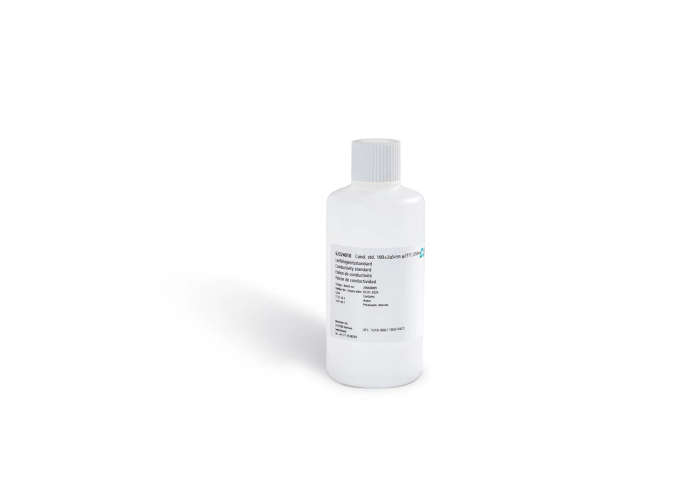
Conductivity 1865 μS/cm 500ml
Check my rate
| Main centres: | 1-3 business days |
| Regional areas: | 3-4 business days |
| Remote areas: | 3-5 business days |

| Main centres: | 1-3 business days |
| Regional areas: | 3-4 business days |
| Remote areas: | 3-5 business days |
Conductivity 1865 μS/cm
A 1865 µS/cm conductivity value in a laboratory setting typically indicates a solution with a moderate level of dissolved ionic content and is commonly used for water quality testing and monitoring in various applications, including environmental monitoring, industrial processes, and in specialized fields like aquaculture and hydroponics.
Specific uses and interpretations of 1865 µS/cm conductivity in a lab:
Water Quality Assessment: This level of conductivity suggests that the water is not pure but contains a certain amount of dissolved ions, such as salts and minerals, which can impact its suitability for various uses.
Industrial Applications: It can be used to monitor the quality of process water, boiler water, or cooling tower water, where specific conductivity levels are important for system efficiency and longevity.
Environmental Monitoring: Labs may use this value to assess the ionic content of natural water sources like rivers and lakes, which can provide insights into pollution levels or geological influences.
Aquaculture and Hydroponics: In these fields, conductivity is crucial for monitoring nutrient solutions and salinity levels in tanks, ensuring optimal conditions for aquatic life or plant growth.
Calibration Standard (less common for this specific value): While higher or lower conductivity standards are more frequently used for calibrating conductivity meters, a 1865 µS/cm solution could serve as a calibration point for specific applications if deemed appropriate for the meter's range and the intended use of the measurements.
Conductivity 1865 μS/cm
Applications:
Conductivity 1865 μS/cm